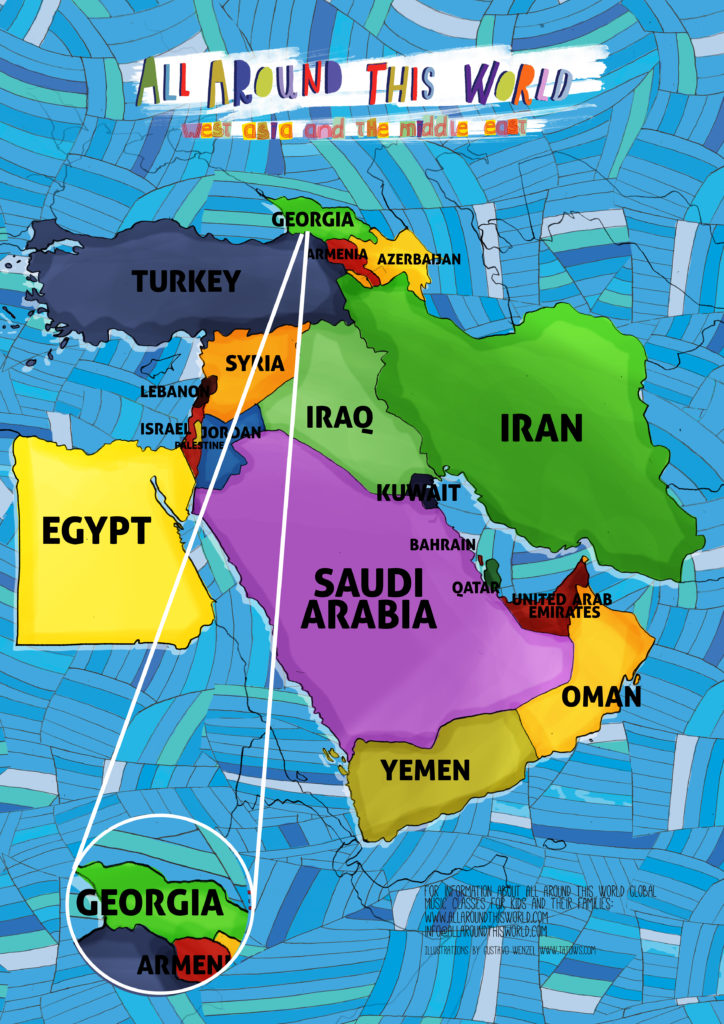“Hele Hele” is an Armenian dance party song. Originating in the southeastern Turkish city of Diyarbakir, which used to be a center of Armenian culture, the song is all about a party: “Tonight is the night of resurrection/Ask the beauties for favors and questions/If every girl should give a kis/The whole world is topsy-turvy….Threre’s going to be a celebration!” You’ll hear a fantastic version by Armenian-American oud master Richard Hagopian on the Smithsonian Folkways album, “Armenian Music Through the Ages.”
In class we not only party down to our adaptation of “Hele Hele,” but we shake our bottoms while we do it. We proudly dance the Armenian party favorite, known lovingly as the Tash Toosh. See a cartoon dance it. Now get up and dance it yourself!


